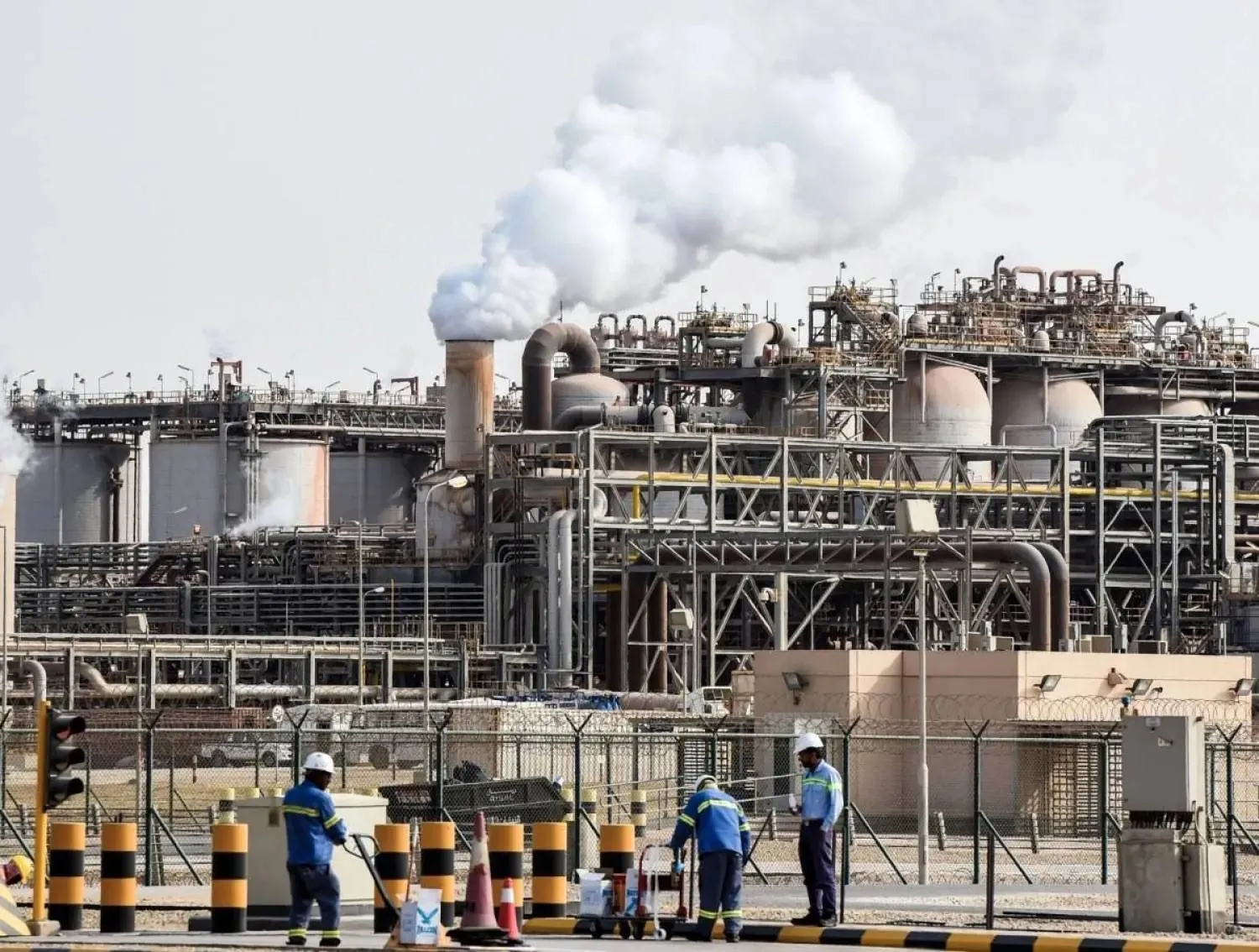Saudi Arabia’s ambitious economic diversification drive under Vision 2030 continues to deliver solid results, with the National Industrial Development and Logistics Program (NIDLP) reporting a significant contribution of $262 billion to the Kingdom’s non-oil GDP in 2024.
According to NIDLP’s annual report, the program’s activities contributed 986 billion Saudi riyals ($263 billion), representing 39% of the non-oil GDP. This marks a rise from 949 billion riyals ($253 billion) in 2023. Overall, non-oil activities accounted for about 55% of the Kingdom’s total GDP.
The report highlights substantial growth in core NIDLP sectors. The manufacturing sector expanded by 4%, while mining, transportation, and storage sectors saw a 5% increase.
Non-oil exports surged to 514 billion riyals ($137 billion), reflecting a 13.2% year-on-year increase. These exports included 217 billion riyals ($58 billion) in goods, 91 billion riyals ($24.3 billion) in re-exports, and 207 billion riyals ($55.2 billion) in service exports. Among the leading manufactured exports were chemical products at 78.5 billion riyals ($20.9 billion), metals and metal products at 23.3 billion riyals ($6.2 billion), food and beverages at 10.5 billion riyals ($2.8 billion), and electrical equipment exports reaching 42.9 billion riyals ($11.4 billion).
Employment in sectors under the NIDLP umbrella reached 2.43 million workers in 2024, with 508,000 new jobs created, 81,000 of which were taken up by Saudi nationals.
Private sector investment in NIDLP industries totaled 665 billion riyals ($177.3 billion). The Saudi Industrial Development Fund approved loans worth 198 billion riyals ($52.8 billion), while the Saudi Export-Import Bank provided credit facilities valued at 69.14 billion riyals ($18.4 billion).
By the end of 2024, the number of industrial facilities in the Kingdom reached 12,500, while ready-built factories totaled 1,511. Cumulative investments in industrial cities and special economic zones reached 1.412 trillion riyals ($376.5 billion).
Domestic military industries also recorded notable gains, with local sales totaling 34.32 billion riyals ($9.15 billion). The Kingdom continues to push for localization across value chains, including sectors like medical supplies, automotive manufacturing, energy products, and petrochemicals.
Saudi Arabia launched renewable energy projects with a combined capacity of 20 gigawatts in 2024. New solar power agreements were signed for an additional 3.7 GW, while 3.6 GW of new capacity was brought online. A record-low global price for wind energy was achieved, contributing to an annual reduction of 1.7 million tons in carbon emissions.
In the mining sector, exploration spending rose to 228 riyals ($60.8) per square kilometer. Competitive bidding for mining sites increased by 380% compared to the previous year. The sector is targeting a GDP contribution of 176 billion riyals ($46.9 billion) and the creation of 219,000 jobs by 2030.
Logistics continues to emerge as a strategic pillar of the Saudi economy. In 2024, the government issued 1,056 logistics licenses and expanded re-export centers from just 2 in 2019 to 23. Port utilization rose to 64%, while customs clearance times dropped to a mere two hours, strengthening Saudi Arabia’s bid to become a global logistics hub.
The program also exceeded key 2024 benchmarks. The localization rate of the defense industry reached 19.35%, surpassing the 12.5% target. Local content reached 1.23 trillion riyals ($328 billion), above the targeted 1.11 trillion riyals ($296 billion). Emerging industries recorded exports worth 135.6 billion riyals ($36.2 billion), with 3,100 final licenses issued, well above the target of 845 licenses.
The NIDLP currently oversees 284 initiatives, 163 of which have been completed, marking a 57% completion rate. This reflects the program’s strong progress in driving forward Vision 2030’s industrial and economic goals.







